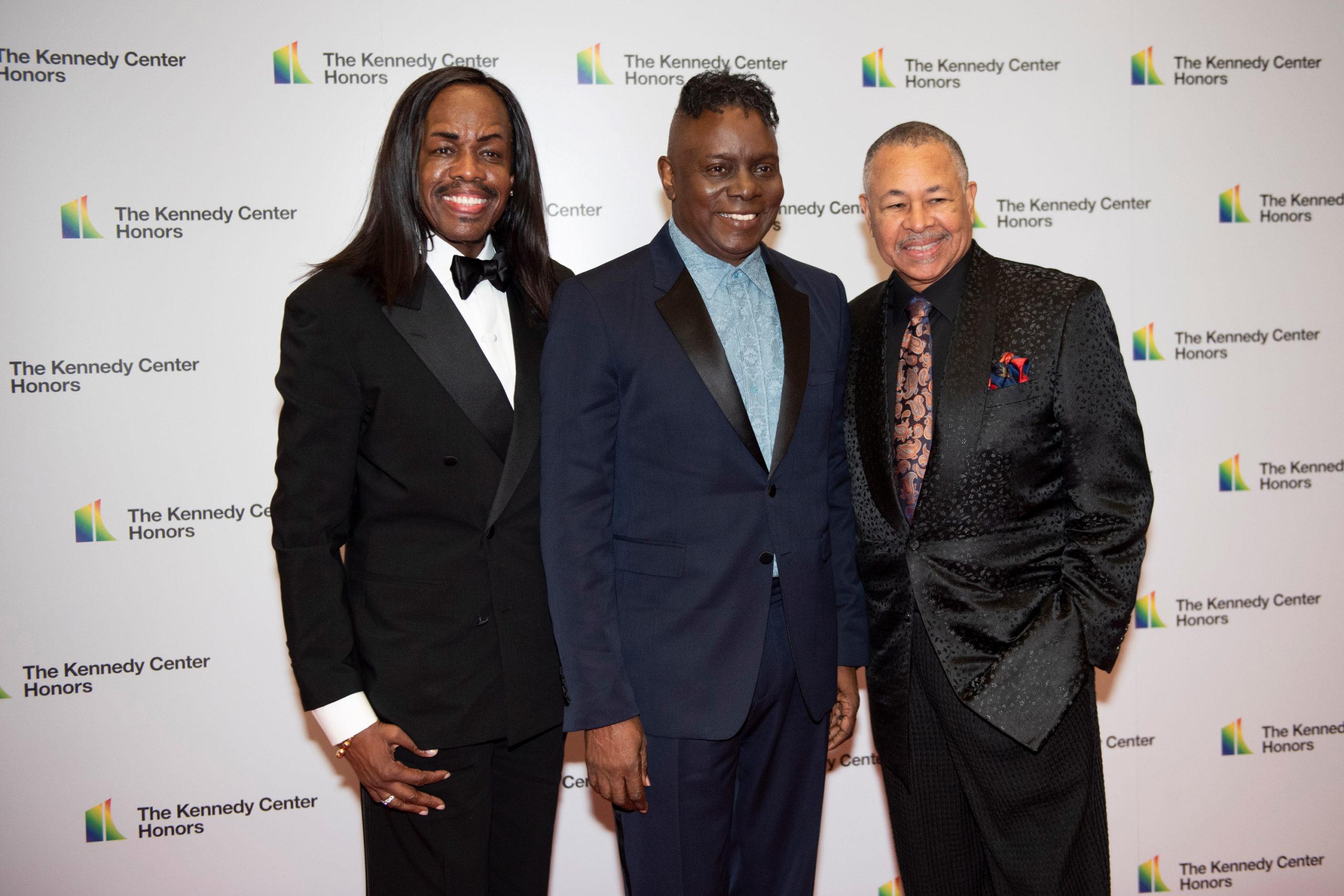Members of the generation that came of age in the era of marijuana are reaching for weed in their golden years.
A study published in the journal Drug and Alcohol Dependence this month suggests that increasing numbers of middle aged and older adults are using marijuana — and using it a lot.
The analysis comes from data gathered in the National Survey on Drug Use and Health from 2015 and 2016. About 9 percent of U.S. adults between ages 50 and 64 used marijuana in the the previous year, according to survey results. About 3 percent of people over 65 used the drug in that time period.
This appears to be up from years past. In 2013, the same survey reported that 7 percent of middle-aged Americans used marijuana in the previous year, and only 1.4 percent of people over 65.
Dr. Benjamin Han, an assistant professor of internal medicine at New York University School of Medicine and lead author of the study, says he was surprised to learn that many of the older Americans turning to marijuana are new converts to its use. About 45 percent of those over 65 who use the drug said they got started after the age of 21.
And boomers who use marijuana also seem to be using it more often. Study authors found that 5.7 percent of middle-aged respondents said they'd tried it in the past month.
As laws surrounding marijuana use become more permissive in many states nationwide, more Americans of all ages seem to be giving the drug a try — some for recreation, and others in hopes of easing medical ailments.
Almost one quarter of Americans over 65 in the 2016 survey who had used marijuana in the previous year said they gotten the go-ahead from their doctors.
According to a research overview published by the National Academies of Science, Engineering, and Medicine last year, a still small but growing number of studies suggest that marijuana may be helpful in treating pain, nausea, and spasticity.
"For these conditions, the effects of cannabinoids are modest," the National Academies panel said.
But even modest benefits can be helpful for some patients, says Dr. Joshua Briscoe, a palliative care physician at Duke University School of Medicine who studies medical marijuana in the elderly.
"We prescribe substances that are far more dangerous than cannabinoids," says Briscoe, noting that older people can be more likely to experience a medication's side effects.
And since marijuana's use is still tightly regulated by the federal government, he adds, it continues to be hard to study, so authoritative research on its harms and benefits is sparse.
Han sounds a note of caution for his patients turning to marijuana. He says he first became interested in studying drug and alcohol use in the elderly after doing house calls on his patients.
"You see their home environment," Han says. "I would see marijuana. I would see patients' family members engaged in drug use in the other room ... Open bottles of liquor everywhere."
He thinks marijuana use among older people who combine it with other drugs — like opioids or alcohol — might be a particular cause for concern.
Baby boomers who've had prior experience with marijuana shouldn't jump to using the same amount they did in their college days, Han says. The potency may be different, as well their ability to metabolize the drug.
"A smaller amount is going to hit you a lot harder when you're older," he says.
Han says his study highlights the need for more research on drug use in older adults. "I get asked a lot, more and more, by my population, 'Hey, should I try marijuana for this? Should I try marijuana for that?'" Han says. "It's hard for me to know what to tell patients."
9(MDEyMDcxNjYwMDEzNzc2MTQzNDNiY2I3ZA004))








